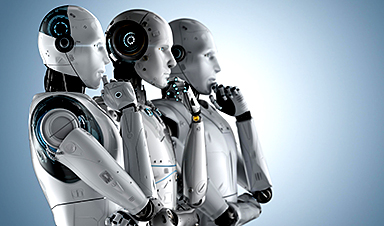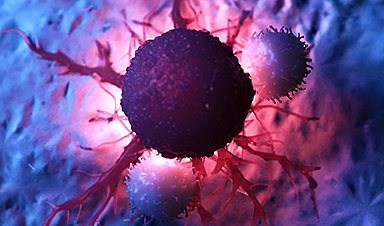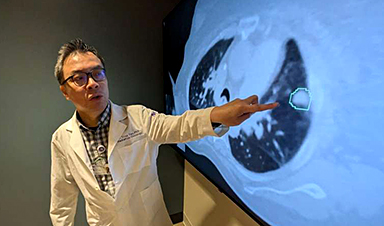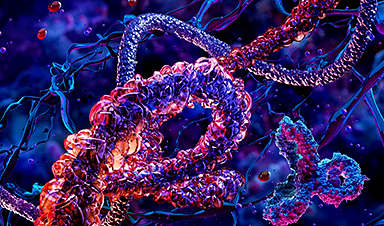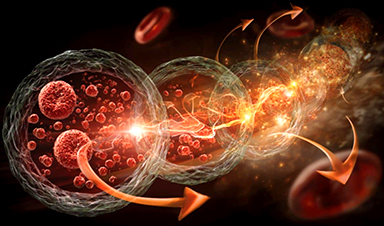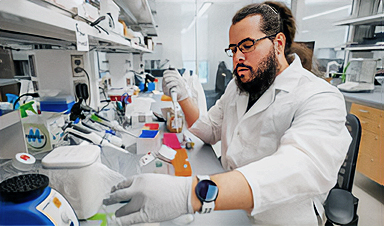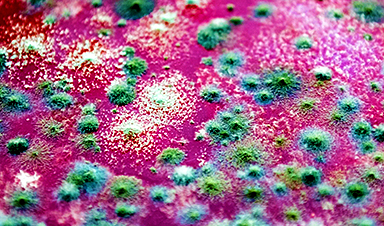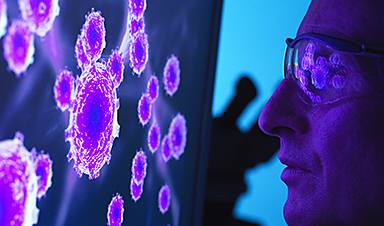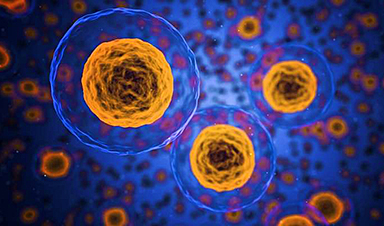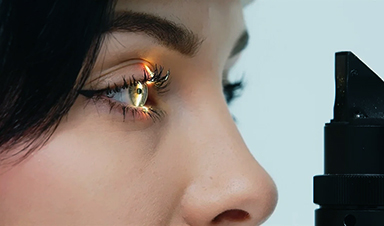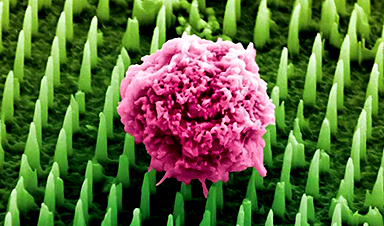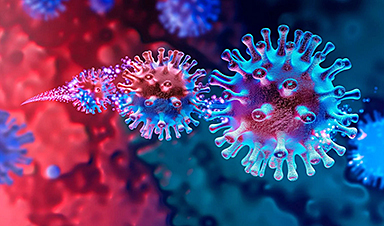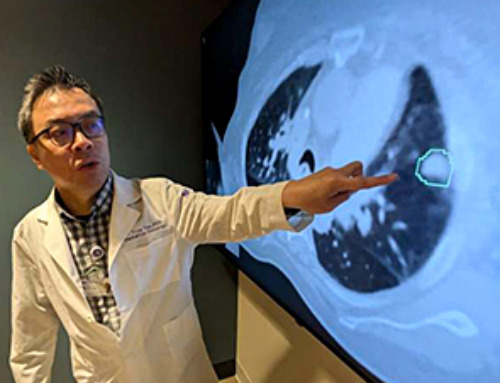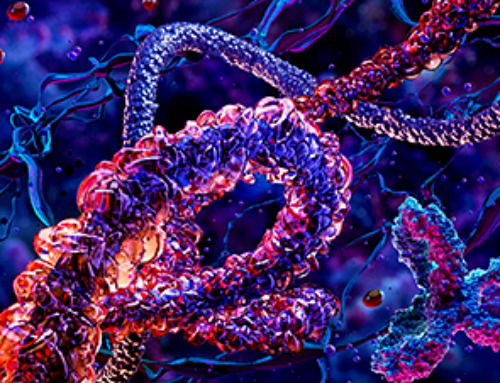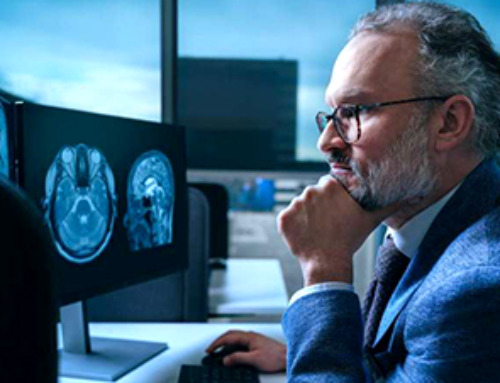The most recent version of ChatGPT, an AI chatbot developed for language interpretation and response generation, has successfully passed a radiology board-style exam, demonstrating both its potential and limitations, according to research studies published in the Radiological Society of North America’s journal.
The latest version of ChatGPT passed a radiology board-style exam, highlighting the potential of large language models but also revealing limitations that hinder reliability, according to two new research studies published in Radiology, a journal of the Radiological Society of North America (RSNA).
ChatGPT is an artificial intelligence (AI) chatbot that uses a deep learning model to recognize patterns and relationships between words in its vast training data to generate human-like responses based on a prompt. But since there is no source of truth in its training data, the tool can generate responses that are factually incorrect.
ChatGPT was recently named the fastest growing consumer application in history, and similar chatbots are being incorporated into popular search engines like Google and Bing that physicians and patients use to search for medical information, Dr. Bhayana noted.
To assess its performance on radiology board exam questions and explore strengths and limitations, Dr. Bhayana and colleagues first tested ChatGPT based on GPT-3.5, currently the most commonly used version. The researchers used 150 multiple-choice questions designed to match the style, content and difficulty of the Canadian Royal College and American Board of Radiology exams.
The questions did not include images and were grouped by question type to gain insight into performance: lower-order (knowledge recall, basic understanding) and higher-order (apply, analyze, synthesize) thinking. The higher-order thinking questions were further subclassified by type (description of imaging findings, clinical management, calculation and classification, disease associations).
The performance of ChatGPT was evaluated overall and by question type and topic. Confidence of language in responses was also assessed.
The researchers found that ChatGPT based on GPT-3.5 answered 69% of questions correctly (104 of 150), near the passing grade of 70% used by the Royal College in Canada. The model performed relatively well on questions requiring lower-order thinking (84%, 51 of 61), but struggled with questions involving higher-order thinking (60%, 53 of 89). More specifically, it struggled with higher-order questions involving description of imaging findings (61%, 28 of 46), calculation and classification (25%, 2 of 8), and application of concepts (30%, 3 of 10). Its poor performance on higher-order thinking questions was not surprising given its lack of radiology-specific pretraining.
GPT-4 was released in March 2023 in limited form to paid users, specifically claiming to have improved advanced reasoning capabilities over GPT-3.5.
In a follow-up study, GPT-4 answered 81% (121 of 150) of the same questions correctly, outperforming GPT-3.5 and exceeding the passing threshold of 70%. GPT-4 performed much better than GPT-3.5 on higher-order thinking questions (81%), more specifically those involving description of imaging findings (85%) and application of concepts (90%).
The findings suggest that GPT-4’s claimed improved advanced reasoning capabilities translate to enhanced performance in a radiology context. They also suggest improved contextual understanding of radiology-specific terminology, including imaging descriptions, which is critical to enable future downstream applications.
“Our study demonstrates an impressive improvement in performance of ChatGPT in radiology over a short time period, highlighting the growing potential of large language models in this context,” Dr. Bhayana said.
GPT-4 showed no improvement on lower-order thinking questions (80% vs 84%) and answered 12 questions incorrectly that GPT-3.5 answered correctly, raising questions related to its reliability for information gathering.
“We were initially surprised by ChatGPT’s accurate and confident answers to some challenging radiology questions, but then equally surprised by some very illogical and inaccurate assertions,” Dr. Bhayana said. “Of course, given how these models work, the inaccurate responses should not be particularly surprising.”
ChatGPT’s dangerous tendency to produce inaccurate responses, termed hallucinations, is less frequent in GPT-4 but still limits usability in medical education and practice at present.
Both studies showed that ChatGPT used confident language consistently, even when incorrect. This is particularly dangerous if solely relied on for information, Dr. Bhayana notes, especially for novices who may not recognize confident incorrect responses as inaccurate.
“To me, this is its biggest limitation. At present, ChatGPT is best used to spark ideas, help start the medical writing process and in data summarization. If used for quick information recall, it always needs to be fact-checked,” Dr. Bhayana said.
News
Johns Hopkins Researchers Uncover a New Way To Kill Cancer Cells
A new study reveals that blocking ribosomal RNA production rewires cancer cell behavior and could help treat genetically unstable tumors. Researchers at the Johns Hopkins Kimmel Cancer Center and the Department of Radiation Oncology and Molecular [...]
AI matches doctors in mapping lung tumors for radiation therapy
In radiation therapy, precision can save lives. Oncologists must carefully map the size and location of a tumor before delivering high-dose radiation to destroy cancer cells while sparing healthy tissue. But this process, called [...]
Scientists Finally “See” Key Protein That Controls Inflammation
Researchers used advanced microscopy to uncover important protein structures. For the first time, two important protein structures in the human body are being visualized, thanks in part to cutting-edge technology at the University of [...]
AI tool detects 9 types of dementia from a single brain scan
Mayo Clinic researchers have developed a new artificial intelligence (AI) tool that helps clinicians identify brain activity patterns linked to nine types of dementia, including Alzheimer's disease, using a single, widely available scan—a transformative [...]
Is plastic packaging putting more than just food on your plate?
New research reveals that common food packaging and utensils can shed microscopic plastics into our food, prompting urgent calls for stricter testing and updated regulations to protect public health. Beyond microplastics: The analysis intentionally [...]
Aging Spreads Through the Bloodstream
Summary: New research reveals that aging isn’t just a local cellular process—it can spread throughout the body via the bloodstream. A redox-sensitive protein called ReHMGB1, secreted by senescent cells, was found to trigger aging features [...]
AI and nanomedicine find rare biomarkers for prostrate cancer and atherosclerosis
Imagine a stadium packed with 75,000 fans, all wearing green and white jerseys—except one person in a solid green shirt. Finding that person would be tough. That's how hard it is for scientists to [...]
Are Pesticides Breeding the Next Pandemic? Experts Warn of Fungal Superbugs
Fungicides used in agriculture have been linked to an increase in resistance to antifungal drugs in both humans and animals. Fungal infections are on the rise, and two UC Davis infectious disease experts, Dr. George Thompson [...]
Scientists Crack the 500-Million-Year-Old Code That Controls Your Immune System
A collaborative team from Penn Medicine and Penn Engineering has uncovered the mathematical principles behind a 500-million-year-old protein network that determines whether foreign materials are recognized as friend or foe. How does your body [...]
Team discovers how tiny parts of cells stay organized, new insights for blocking cancer growth
A team of international researchers led by scientists at City of Hope provides the most thorough account yet of an elusive target for cancer treatment. Published in Science Advances, the study suggests a complex signaling [...]
Nanomaterials in Ophthalmology: A Review
Eye diseases are becoming more common. In 2020, over 250 million people had mild vision problems, and 295 million experienced moderate to severe ocular conditions. In response, researchers are turning to nanotechnology and nanomaterials—tools that are transforming [...]
Natural Plant Extract Removes up to 90% of Microplastics From Water
Researchers found that natural polymers derived from okra and fenugreek are highly effective at removing microplastics from water. The same sticky substances that make okra slimy and give fenugreek its gel-like texture could help [...]
Instant coffee may damage your eyes, genetic study finds
A new genetic study shows that just one extra cup of instant coffee a day could significantly increase your risk of developing dry AMD, shedding fresh light on how our daily beverage choices may [...]
Nanoneedle patch offers painless alternative to traditional cancer biopsies
A patch containing tens of millions of microscopic nanoneedles could soon replace traditional biopsies, scientists have found. The patch offers a painless and less invasive alternative for millions of patients worldwide who undergo biopsies [...]
Small antibodies provide broad protection against SARS coronaviruses
Scientists have discovered a unique class of small antibodies that are strongly protective against a wide range of SARS coronaviruses, including SARS-CoV-1 and numerous early and recent SARS-CoV-2 variants. The unique antibodies target an [...]
Controlling This One Molecule Could Halt Alzheimer’s in Its Tracks
New research identifies the immune molecule STING as a driver of brain damage in Alzheimer’s. A new approach to Alzheimer’s disease has led to an exciting discovery that could help stop the devastating cognitive decline [...]
